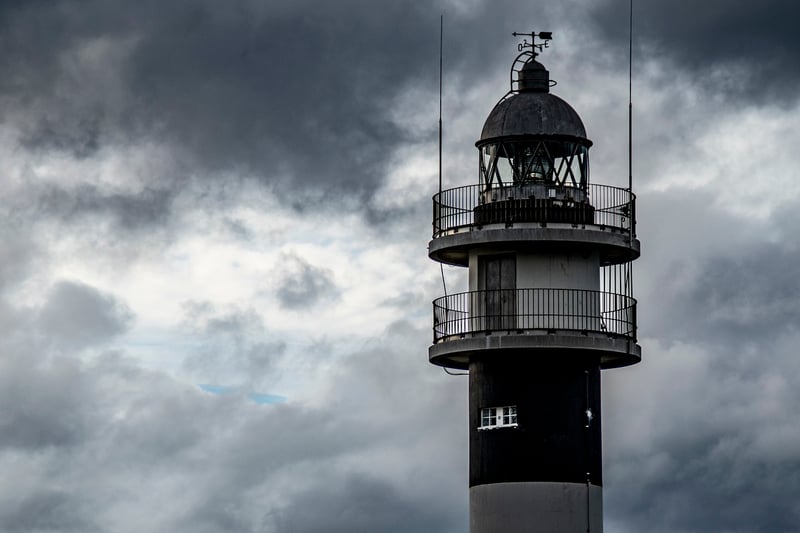Timeline Navigation
The Ultimate Guide to Navigating Timelines
Timelines are a crucial tool for organizing information chronologically and understanding historical events, project milestones, or personal achievements. Whether you are a student working on a history project, a professional managing a project, or someone interested in mapping out a personal journey, mastering timeline navigation can significantly enhance your understanding and productivity. In this guide, we will provide you with essential guidance and advice on effectively navigating timelines.
Understanding Timelines
Before diving into how to navigate timelines efficiently, it is important to understand the basic structure of timelines. Timelines typically consist of a linear representation of time, with events or milestones marked along the timeline in chronological order. Each event is labeled with a description and often a date to provide context.
Tips for Navigating Timelines
- Start from the Beginning: When exploring a timeline, begin by understanding the earliest events or milestones to establish a foundational context.
- Focus on Key Events: Identify the most significant events or milestones on the timeline to grasp the main progression of the timeline.
- Make Connections: Look for relationships and connections between different events on the timeline to gain a deeper understanding of the overall narrative.
- Utilize Visual Aids: Visual elements such as color coding, icons, or images can help differentiate events and make the timeline more engaging.
- Zoom In and Out: If working with a digital timeline, use zoom features to focus on specific time periods or get an overview of the entire timeline.
- Take Notes: Jot down important points or questions that arise while navigating the timeline to aid in retention and further exploration.
Benefits of Effective Timeline Navigation
Mastering the art of navigating timelines offers several benefits, including:
- Better comprehension of historical sequences.
- Improved project management by tracking milestones and deadlines.
- Enhanced storytelling by presenting information in a clear and organized manner.
- Facilitated learning by visualizing complex timelines.
Conclusion
Timelines serve as invaluable tools for organizing information and understanding the progression of events over time. By following the guidance and tips outlined in this guide, you can navigate timelines effectively and derive maximum value from this visual representation of chronology.

